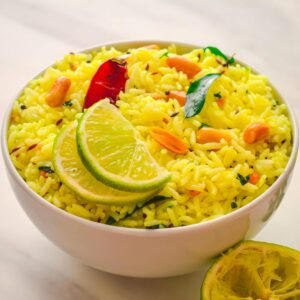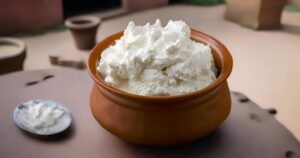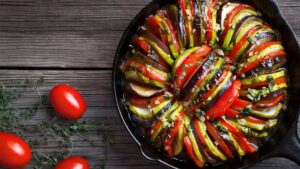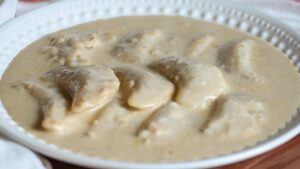Delicious Vegetable Paniyaram Recipe
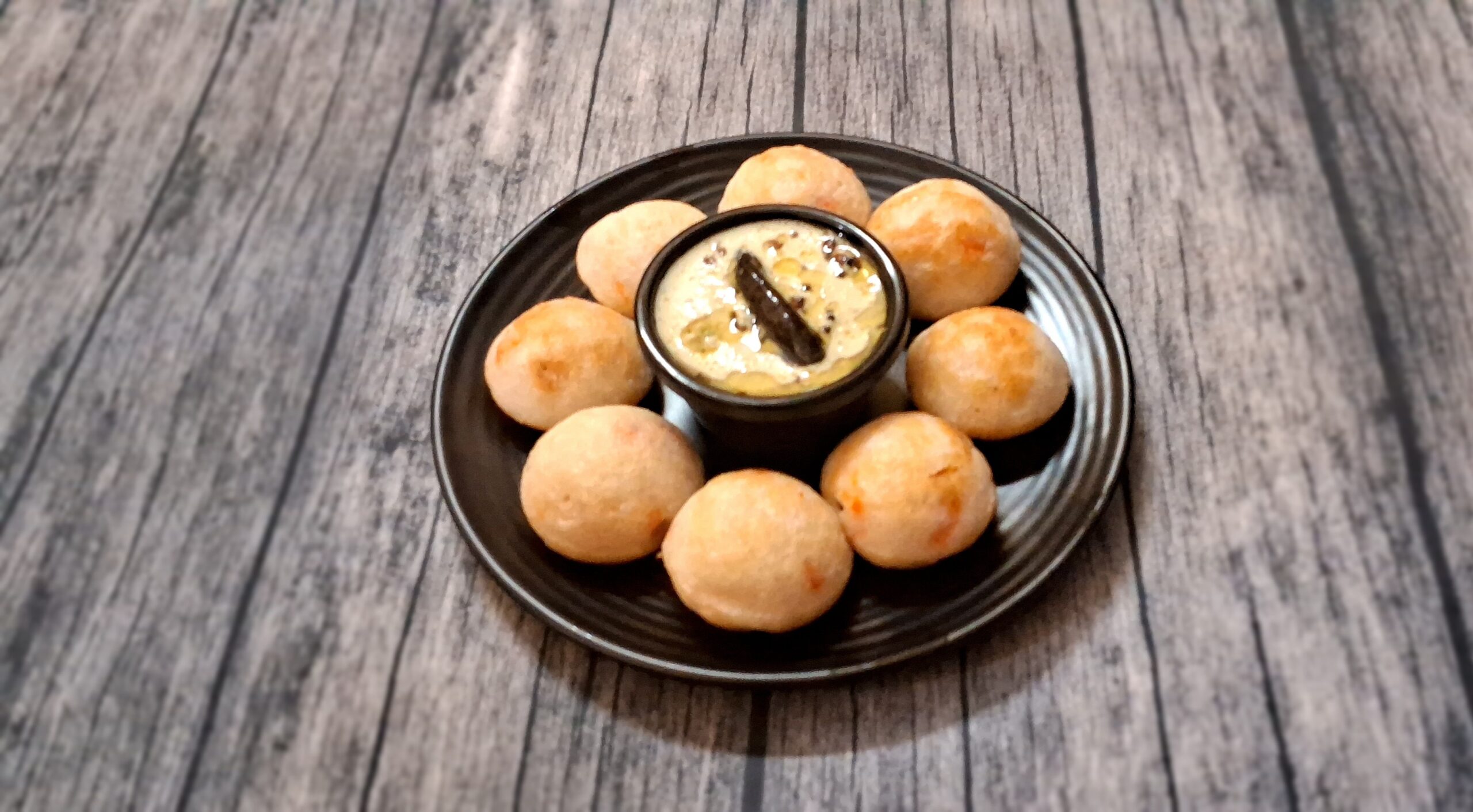
Paniyaram, Paddu, or Gunta Ponganalu – no matter what you call it, this delightful South Indian delicacy has captured the hearts and palates of many for generations. Traditionally prepared using leftover fermented rice and lentil batter, this dish has now evolved into a delightful canvas for creativity, with an array of flavorful fillings and nutritious additions.
Our version today celebrates the vibrant world of vegetables, transforming this humble treat into a nutritional powerhouse. By incorporating a medley of colorful veggies into the batter, we not only elevate the taste but also pack a punch of essential vitamins, minerals, and fiber.
Vegetable Paniyaram ingredients:
- 3 cups of leftover dosa batter (or idli batter, if that’s what you have on hand)
- 1 medium onion, finely chopped
- 1 cup of mixed veggies (we’re using carrots, beans, and capsicum, but feel free to get creative)
- 1 teaspoon of grated ginger (optional, but highly recommended for its zesty zing)
- 1 sprig of curry leaves (these aromatic leaves add an unmistakable South Indian flair)
- 1 green chili, finely chopped (adjust the heat to your liking)
- ¼ teaspoon of turmeric powder (for that vibrant golden hue)
- 2 tablespoons of fresh coriander leaves, finely chopped (a perfect garnish)
- Salt to taste
- Oil for greasing the paniyaram pan
Vegetable Paniyaram Making method:
Tempering the Flavors:
We begin by infusing our dish with a burst of aromatic flavors. Heat a pan with oil and add mustard seeds, urad dal, cumin seeds, and a pinch of asafoetida (hing). As the mustard seeds start to splutter, throw in the green chilies, grated ginger, and curry leaves. Sauté until the fragrance fills the air, then add the finely chopped onions. Cook until the onions turn translucent, and their sweetness mingles with the spices.
Veggie Medley:
It’s time to unleash the vibrant colors and nutrients of our vegetable stars. Grate the carrot and finely chop the beans and capsicum. Add these jewel-toned veggies to the pan and stir-fry for 2-3 minutes, allowing them to soften and release their natural flavors. Sprinkle in turmeric powder, a dash of red chili powder (if you prefer a little more heat), and season with salt. Mix well, ensuring each vegetable is coated in the aromatic spice blend.
Batter Fusion:
As the veggie mixture cools slightly, let’s turn our attention to the leftover dosa batter. This fermented batter, rich in probiotics and flavors, serves as the perfect base for our vegetable paniyarams. Combine the cooled veggie mixture with the batter, folding it gently but thoroughly, creating a harmonious blend of flavors and textures.
Cooking the Paniyaram:
Now it’s time to bring our creation to life. Heat a kuzhi paniyaram pan (a special pan with small, interconnected cavities) and grease it generously with oil. Using a spoon or a small ladle, carefully pour the batter into each cavity, filling it about three-quarters full.
Cover the pan and cook on low-medium heat, allowing the paniyarams to slowly develop their signature crispy exterior and soft, fluffy interior. After a few minutes, gently lift the lid and check the underside. Once golden brown, use a butter knife or a small spatula to gently flip the paniyarams, cooking the other side until it achieves the same beautiful hue.
Serve and Enjoy:
The aroma of freshly cooked paniyarams wafting through the kitchen is an irresistible invitation to indulge. Carefully remove these golden treasures from the pan and arrange them on a serving plate. Garnish with the freshly chopped coriander leaves, adding a pop of color and a burst of freshness.
These vegetable paniyarams are best enjoyed hot, straight from the pan. Serve them alongside a creamy coconut chutney, a tangy onion chutney, or any dip of your choice. The crispy outer shell gives way to a soft, pillowy interior, bursting with the flavors of the vegetables and spices – a true symphony of textures and tastes.
Tips & Variations:
- For a kid-friendly version, replace the green chilies with a sprinkle of red chili powder, adjusting the heat to suit their palates.
- Cooking on low-medium heat is crucial to ensure the batter cooks evenly, creating the perfect paniyaram texture.
- Don’t be afraid to experiment with other veggies like broccoli, cauliflower, or greens like methi (fenugreek leaves) or drumstick leaves, adding even more diversity to your dish.
- Seasoning your paniyaram pan well before cooking is a pro tip to prevent sticking and ensure easy release of these delectable morsels.
So, the next time you find yourself with leftover dosa or idli batter, resist the temptation to toss it aside. Instead, let your culinary creativity take flight, and transform it into these colorful, nutritious, and utterly delightful vegetable paniyarams. A treasured South Indian dish with a modern, wholesome twist, it’s sure to become a beloved addition to your breakfast or snack repertoire.
Here are some potential FAQs based on the vegetable paniyaram recipe:
Q1. Can I use freshly made dosa/idli batter instead of leftover batter?
A1. Yes, you can definitely use freshly made batter as well. The fermented leftover batter lends a slightly tangy flavor, but fresh batter works just as well.
Q2. Can I make paniyarams without a special paniyaram pan?
A2. While using a paniyaram pan with small cavities gives the traditional shape, you can also use a regular non-stick pan or even a muffin tray. Just be sure to grease it well.
Q3. How do I prevent the paniyarams from sticking to the pan?
A3. Seasoning your paniyaram pan well and greasing it with oil or ghee before cooking helps prevent sticking. Avoid overcrowding the cavities and let them cook until they release easily from the sides.
Q4. Can I make the batter ahead of time?
A4. Yes, you can prepare the batter a day in advance and store it in the refrigerator. Just be sure to give it a good mix before cooking.
Q5. What other vegetables can I add to the paniyarams?
A5. The beauty of this recipe is its versatility. You can experiment with various veggies like spinach, corn, bell peppers, zucchini, or even grated beets for a vibrant twist.
Q6. Can I make these paniyarams vegan?
A6. Absolutely! Simply substitute the regular dosa/idli batter with a vegan alternative made from fermented rice and lentils.
Q7. How should I store any leftover paniyarams?
A7. Paniyarams are best enjoyed fresh, but you can store any leftovers in an airtight container in the refrigerator for up to 3 days. Reheat them in a pan or oven before serving.
Q8. Can I freeze paniyarams?
A8. Yes, you can freeze paniyarams for future use. Once cooled, arrange them in a single layer on a baking sheet and freeze. Once frozen, transfer them to an airtight container or ziplock bag. Reheat directly from frozen.
Q9. What chutneys or dips pair well with paniyarams?
A9. Paniyarams taste delicious with coconut chutney, onion chutney, mint chutney, or even a spicy tomato chutney. You can also serve them with sambar or a yogurt-based dip.
Q10. Can I make paniyarams without the tempering step?
A10. While the tempering step adds a depth of flavor, you can skip it if you’re short on time. Just sauté the veggies with some oil, spices, and proceed with the recipe.


